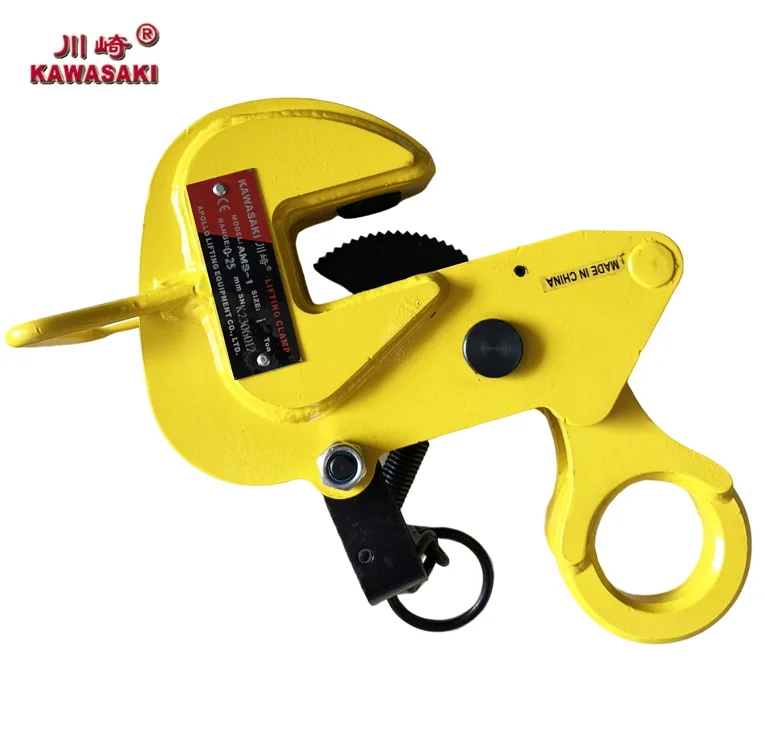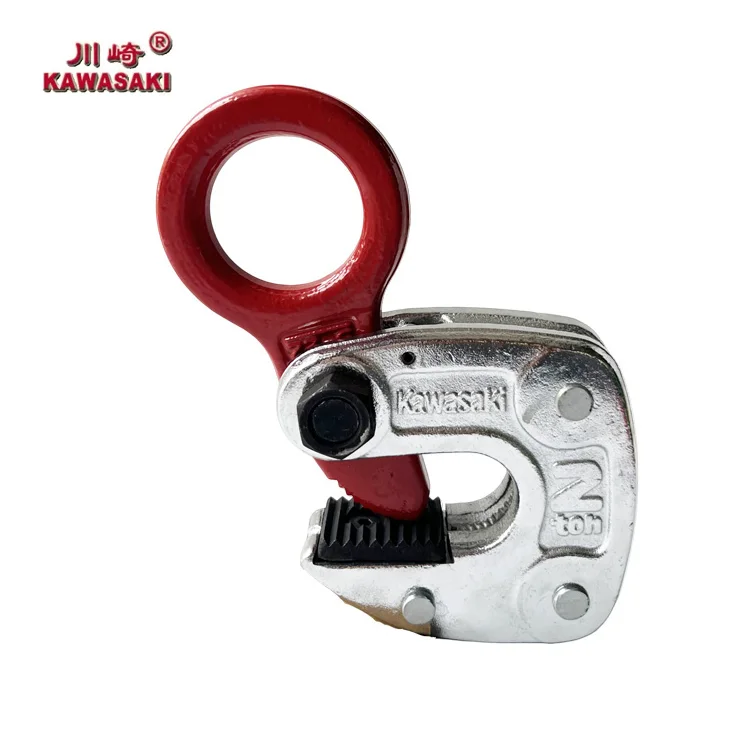Moving heavy items is a normal part of work in warehouses, construction sites, and factories. But it’s also one of the tasks where mistakes can be costly—both for safety and productivity. Using beam clamps correctly is more than just holding weight. It’s about reducing risk, keeping the lift steady, and sometimes saving a schedule when things get tight. Apollo provides a range of lifting tools, including reliable beam clamps, built to make these operations safer and easier. This article explains how to get the most safety when using beam clamps.
What Are Beam Clamps And Why Are They Important
Before looking at products and safety tips, it helps to know what beam clamps do and why they are widely used. These tools are more than hooks. They give a steady point for lifting. This helps prevent accidents and makes work smoother. Understanding the basics helps you pick the right clamp for your tasks.
Definition And Purpose Of Beam Clamps
Beam clamps are devices that grab a steel beam and give a steady spot for attaching hoists. They are stronger than temporary hooks or ropes. Even a small slip can be dangerous, so clamps are built to hold loads firmly.
Safety Benefits Of Using Beam Clamps
A good clamp reduces risk by keeping the load stable. For example, a small workshop in Thailand found that switching from rope slings to KAWASAKI Horizontal Lifting Clamps lowered minor load swings by nearly 70%. Less swinging keeps workers safer and speeds up lifting.
Applications In Industrial Lifting Operations
Beam clamps are used in construction, factories, and warehouses. They lift steel sheets, pipes, and drums, especially when permanent lifting points aren’t available. Apollo’s KAWASAKI Drum Clamp is perfect for cylindrical items that must stay steady while being lifted.
How Do You Choose The Right Beam Clamp
Picking the right beam clamp isn’t always easy. Many things, like load weight or beam shape, affect how well it works. Choosing the right one keeps the lift safe. Small mistakes can quickly become big problems.
Factors To Consider For Load Capacity
The clamp must handle the load plus a safety margin. The KAWASAKI Horizontal Lifting Clamp AMS 1T is rated for one ton. For heavier items, you must check both the clamp and beam strength.
Material And Build Quality
Strong materials matter. Alloy steel, heat-treated hooks, and baked surfaces prevent wear. Apollo clamps are built to last in tough conditions and don’t need frequent replacement.
Compatibility With Existing Hoisting Equipment
Make sure the clamp fits your hoist, chains, or ropes. Apollo clamps are made to work with electric or manual hoists. This reduces setup problems and errors.
What Are The Key Safety Guidelines When Using Beam Clamps
Even a good clamp won’t prevent accidents if used wrong. Knowing the rules and best steps is important. Following these tips helps reduce risks and makes lifting smoother.
Inspection Before Every Lift
Always check the clamp for cracks, rust, or worn parts. Small scratches can turn into serious problems over time, so don’t skip this step.
Correct Attachment And Positioning
Place the clamp evenly on the beam. This keeps the load balanced. If it’s tilted, the load may swing. Many operators forget this, but it can cause accidents.
Avoiding Overloading And Misuse
Stick to the rated capacity. Don’t pull sideways unless the clamp allows it. Apollo’s HLC series is built for vertical lifts. Sideways forces can bend the clamp and cause accidents.
Which Apollo Products Are Suitable For Safe Lifting
Apollo provides different beam clamps and lifting tools that are both strong and practical. Picking the right one from Apollo makes lifts safer and faster. Their products handle steel sheets, drums, and medium-sized industrial items well.
KAWASAKI Horizontal Lifting Clamp HLC
This clamp works well for steel sheets and beams. It holds tightly and is light for its strength. Small workshops like it because it is easy to use and long-lasting.
KAWASAKI Drum Clamp
Made for round loads like drums and barrels. Its design keeps loads from rolling. Many logistics and chemical factories use it every day to lift drums safely.
KAWASAKI Horizontal Lifting Clamp AMS 1T
Rated for one ton, this clamp is simple to attach and works well in medium workshops. It lifts steel sheets and small machinery without fuss.

How Can You Maintain Beam Clamps For Long-Term Safety
Maintenance is easy to skip because a clamp looks fine. But taking care of it extends life, reduces breakdowns, and avoids accidents. A little time spent on care goes a long way.
Routine Cleaning And Lubrication
Keep clamps clean from dirt, oil, and rust. Light oiling on moving parts keeps them smooth. Some operators skip this because “it still works,” but skipping care wears the clamp faster.
Regular Inspection And Wear Check
Look for cracks, bent hooks, or worn teeth. Even strong steel can weaken over time. Checking often prevents small problems from becoming major failures.
Proper Storage And Handling
Store clamps somewhere dry. Don’t drop them. Wet floors or rough handling shortens life. Treat them like tools, not toys.
What Are The Common Mistakes To Avoid With Beam Clamps
Even skilled workers make mistakes. Knowing common errors helps prevent accidents. A little care saves time, money, and injuries.
Improper Load Attachment
Placing clamps off-center or on the wrong beam surface can make loads swing. Always check placement before lifting.
Ignoring Manufacturer Guidelines
Manuals exist for a reason. Don’t assume a 500kg clamp lifts 700kg. Apollo provides charts—follow them.
Using Damaged Or Worn Clamps
Bent hooks, worn teeth, or surface damage are warning signs. Replace damaged clamps right away. Saving money here can cost a lot later.
How Can Training Improve Lifting Safety
Training is not just a box to tick. It teaches workers to handle surprises, know equipment limits, and form safe habits. Teams trained well see fewer accidents and smoother lifts.
Staff Training On Correct Usage
Show operators how different loads behave. Steel sheets and drums are not the same. Training prevents unexpected swings or slips.
Emergency Procedures And Protocols
Staff should know what to do if a clamp slips or a hoist stops. Quick reaction can prevent serious injuries.
Safety Culture And Compliance
Encourage checking setups, reporting small issues, and following rules even if it slows work a bit. It helps keep everyone safe in the long run.
FAQs
Q1: Can beam clamps be used for side pulling?
A1: Most beam clamps, including Apollo’s HLC series, are built for vertical lifts. Side pulls should only be done if the clamp allows it.
Q2: How often should lifting clamps be inspected?
A2: Inspect visually before every lift. Do a deeper check monthly or after heavy use. Look for cracks, worn teeth, or bent hooks.
Q3: What types of loads can the KAWASAKI Drum Clamp handle?
A3: The drum clamp is good for round items like steel drums, barrels, and pipes. It keeps them from rolling during lifting or moving.

